Benefits of Diatoms in Shrimp Farming
What Are Diatoms?
Diatoms are a type of phytoplankton that can form clusters in the shape of thin threads, fans, zig-zags, or stars. These beneficial algae are nutrient-rich, containing vitamins, and serve as an excellent food source for shrimp and fish. Diatoms, also known by other names such as silica algae or golden-brown algae, can live in freshwater, saltwater, soil, or on the ground.

Benefits of Silica Algae (Diatoms)
When diatoms thrive, they turn the water brownish-yellow or cloudy yellow (similar to tea water), and are rich in sterols, unsaturated fatty acids, calcium, magnesium, iron, inorganic salts, and various vitamins. Aquatic animals can easily absorb and digest them. Additionally, diatoms play a special role in water filtration and maintaining ecological balance.
Experts have found that feeding shrimp and fish with diatom-based food increases productivity compared to only using industrial feed. Therefore, using microalgae as a necessity to produce nutrient-rich food for aquaculture is highly recommended.
Diatoms are a unique nutritional blend that stimulates the growth of aquatic animals. This collection of nutrients creates live food in the pond, promoting sustainable growth, disease-free conditions, and a safe environment for shrimp and fish to maximize yield. In shrimp ponds, diatoms can reduce reliance on industrial feed by up to 15%, as shrimp prefer live diatoms over pellet feed.
Diatoms help stabilize the ecosystem and reduce fluctuations in water quality parameters. Moreover, diatoms can limit harmful substances like ammonia and heavy metals, while preventing the growth of harmful algae.
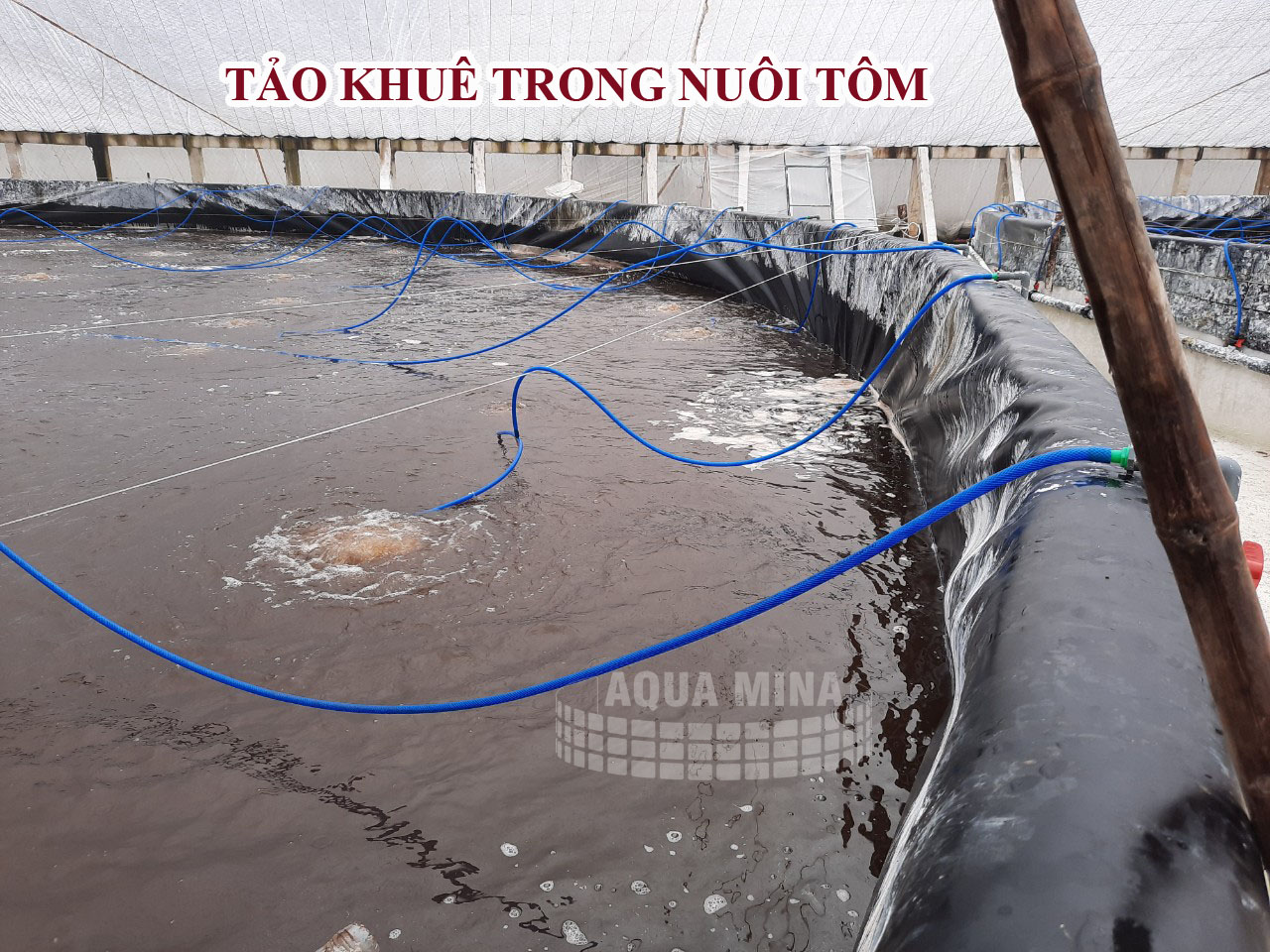
How to Cultivate Diatoms for Shrimp Ponds
In shrimp and fish farming techniques, the first step is constructing the pond system, followed by water treatment and color development before stocking the juveniles. This is the optimal time for farmers to cultivate diatoms in their shrimp and fish ponds.
Method:
Introduce probiotics to create diatom water color at a dosage of 500 g for 5,000 m³ of water. Use 1 kg of minerals per 1,000 m³ to stimulate the growth of diatoms and other beneficial algae in the pond, providing a rich natural food source that helps reduce the feed conversion ratio. After 2–3 days, when the pond water has turned tea-colored, juveniles can be stocked.
From the second month of farming onwards, the pond will accumulate nutrients from leftover feed and shrimp waste. At this point, harmful algae can thrive and dominate the pond. To maintain the tea color of diatoms, it is important to manage feed properly and regularly treat organic waste accumulated at the bottom of the pond. Probiotics should be applied every 5–7 days at a dosage of 500 g per 5,000 m³ of water. Probiotic inoculation is best done at 6 PM for optimal results.
Ngày đăng : 17/10/2024
2134 View
Other Articles
Cà Mau strengthens traceability to enhance the competitiveness of the shrimp industry.
Cold stress: Effects on the plasma characteristics of whiteleg shrimp.
A new breakthrough in the prevention of diseases caused by the microsporidian parasite EHP in shrimp farming
Vietnam’s shrimp export outlook in the first quarter of 2026 continues to face heavy pressure from tariffs.
New England’s shrimp fishery to shut down for the long haul after years of decline
Crab exports to the United States account for more than 80%.
Thailand sets a target to increase shrimp production to 400,000 tons by 2026.
CTU-RAS: Recirculating Shrimp Farming for Sustainable Development
Vietnamese aquatic products reach new markets
Global Shrimp Forum: Global shrimp trade is reshaping
China’s Import Value Up 10%, Vietnamese Shrimp Remains Among Leading Suppliers
After the 7.5-magnitude offshore earthquake in Aomori that injured 34 people, Japan has issued a warning about a potential mega-earthquake










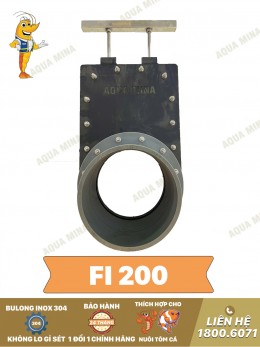



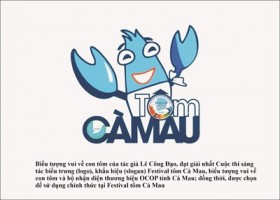
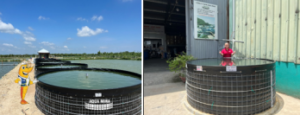


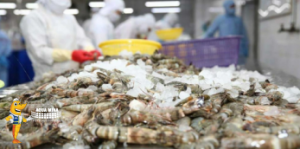
.jpg)